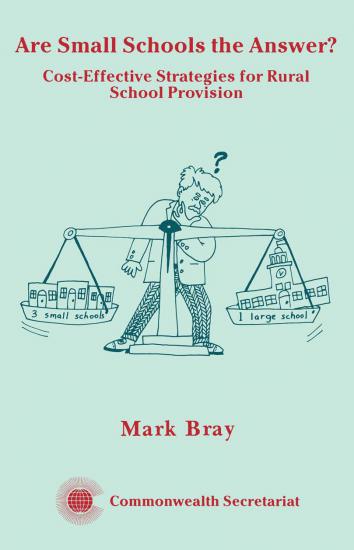Are Small Schools the Answer? Cost Effective Strategies for Rural School Provision
Synopsis
Planners and policy-makers often find it hard to decide whether to favour small schools or large ones. On the one hand, financial constraints require them to seek systems with the lowest unit costs. But on the other hand, administrators are keenly aware of the role of the school in social development, and thus that under ideal circumstances every community should have a school of its own.
This book highlights the advantages and problems of school size, paying particular attention to social, economic and educational issues. It draws on a wide body of literature from both prosperous and less developed countries and digests it into a readable and readily available form. As well as highlighting the overall issues, it makes practical suggestions on ways to improve cost-effectiveness.
The book is mainly intended for national and regional educational administrators. However, much of the discussion (e.g. on strategies for multigrade teaching) will also prove useful at the school level.
Chapters
-
Foreword
-
Introduction
-
Social Factors
-
Economic Factors
-
Educational Factors
-
Creating Viable Teaching Groups
-
Staffing Small Schools
-
Central Administration and Support
-
Expanding Catchment Areas
-
Raising Enrolment Rates and Restructuring
-
Small Schools or Large Schools?
-
Further Reading

Downloads
Published
Online ISSN
Categories
License

This work is licensed under a Creative Commons Attribution-NonCommercial-NoDerivatives 4.0 International License.

